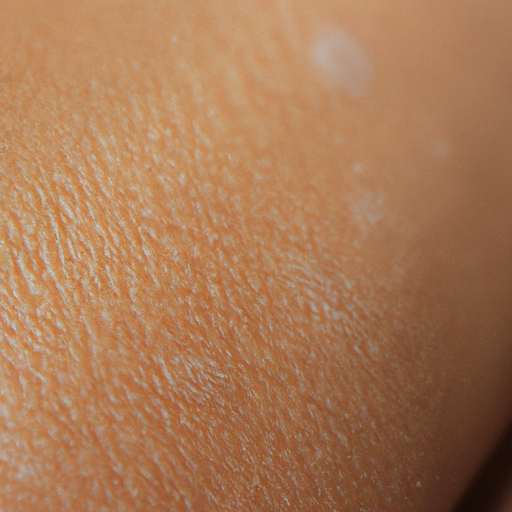As a medical professional, I encounter a myriad of health concerns daily, but one of the most common yet overlooked conditions is dry skin. Dry skin, also known as xerosis cutis, is a prevalent issue that affects people of all ages and backgrounds. It may seem trivial compared to other health issues, but it can significantly impact a person’s quality of life, causing discomfort and even leading to more severe skin conditions. This article aims to unveil the mystery behind dry skin, exploring its causes and symptoms.
Dry skin is primarily caused by environmental factors. Cold weather, low humidity, and harsh soaps or detergents can strip the skin of its natural oils, leading to dryness. In winter months, when the air is dry both outdoors and indoors due to heating systems, the incidence of dry skin increases. Similarly, frequent bathing, especially with hot water and harsh soaps, can disrupt the skin’s natural barrier and cause dryness.
Additionally, certain medical conditions can cause dry skin. These include atopic dermatitis (eczema), psoriasis, diabetes, hypothyroidism, malnutrition, and kidney disease. Aging is another factor; as we age, our skin produces less oil, making it prone to dryness. Certain medications, like diuretics or retinoids, can also cause dry skin as a side effect.
The symptoms of dry skin are often visible and can be felt by the individual. The most common symptom is a feeling of skin tightness, especially after showering, bathing or swimming. The skin may appear rough rather than smooth. Itching is another common symptom; in some cases, the itchiness can be severe and constant.
Visible signs of dry skin may include scaling or flakiness, often appearing as white or grey flakes. In more severe cases, the skin may develop deep cracks that can bleed. Redness is also common, especially in individuals with fair skin.
Dry skin can occur anywhere on the body, but it is most common on the hands, arms, lower legs, and abdomen. Areas like the armpits or the groin, which are more humid due to sweating, are usually less affected.
As a doctor, my advice to patients suffering from dry skin is to first and foremost identify and address any environmental causes. This may involve using a humidifier at home during dry months, taking shorter showers with lukewarm rather than hot water, and using gentle, fragrance-free soaps and moisturizers.
For persistent or severe dry skin, or if the dry skin is accompanied by other symptoms such as extreme redness, swelling, or infection, it is crucial to seek medical attention. In such cases, the dry skin could be a symptom of an underlying medical condition that needs treatment.
In conclusion, while dry skin is a common issue, it should not be dismissed as merely a cosmetic concern. It can cause significant discomfort and can be a sign of more serious health issues. By understanding its causes and symptoms, we can take appropriate steps to prevent and treat it, improving our overall skin health and comfort.



